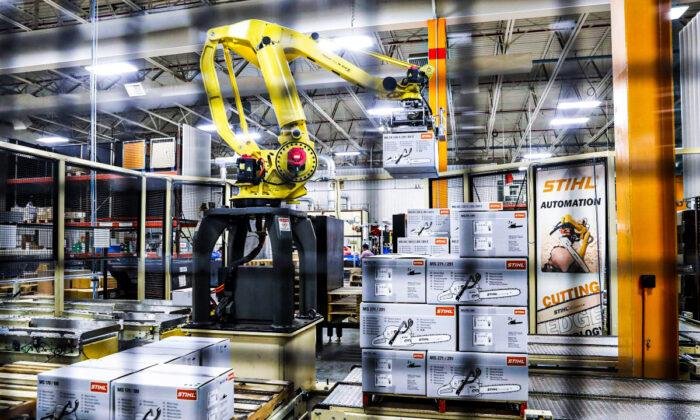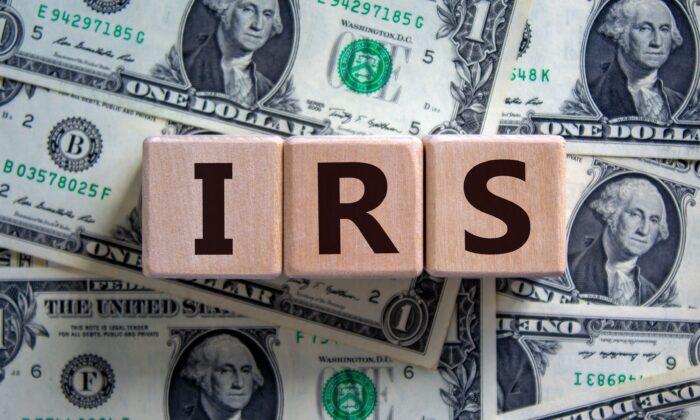Against a backdrop of ongoing supply chain concerns, a key but often overlooked aspect is the cost and availability of wooden pallets, the price of which has shot up during the pandemic and is driving up prices for consumers.
Market data shows that prices have increased by up to 60 percent, creating unexpected challenges for industries and undesired consequences for consumers.
“Ninety percent of everything in the United States is shipped on a pallet … it’s a very integral part of the whole entire supply chain,” he said on Tuesday.
Davi told Fox that before the pandemic, the wooden pallets cost approximately $12. Now the price has risen to $21 apiece.
Wooden pallets, despite their innocuous appearance, are a crucial technology of the supply chain. While they are seldom considered by consumers outside of the shipping industry, wooden pallets are used in the shipping of food, household products, and virtually all everyday goods sold in retail. A shortage of pallets can have wide-ranging impacts on the entire economy, as scarcity results in higher costs of doing business. This results in higher prices for consumers, with the impact of inflation felt most acutely by lower-income Americans.
As with most features of the supply chain issues which have become a well-known economic concern of late, the causes of wooden pallet price inflation are numerous and complex. However, it follows that pallet price is correlated with the raw materials used to make them, chief among which is lumber.






Friends Read Free